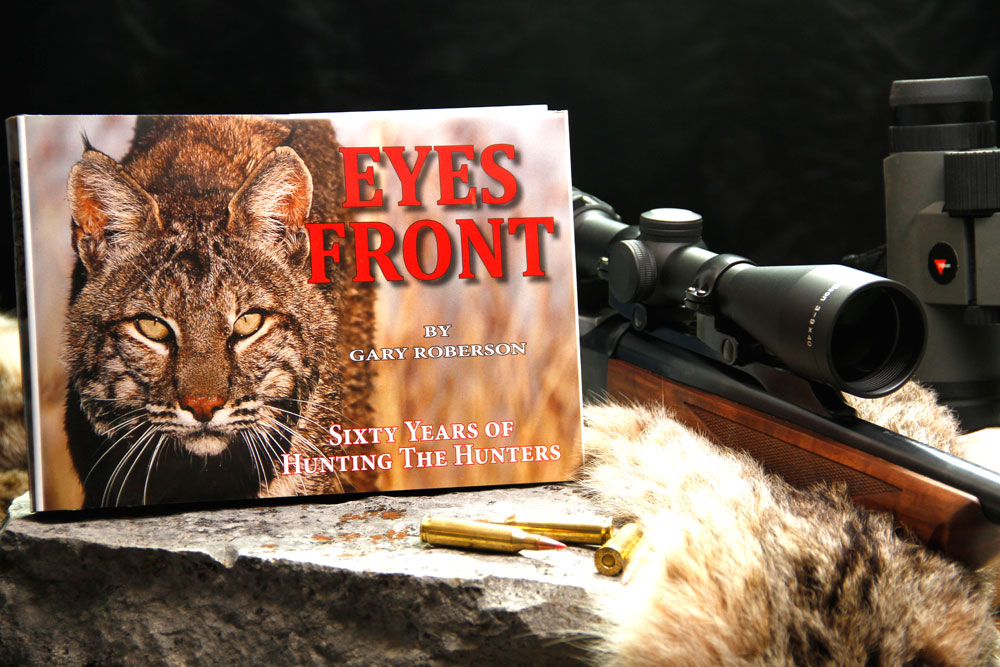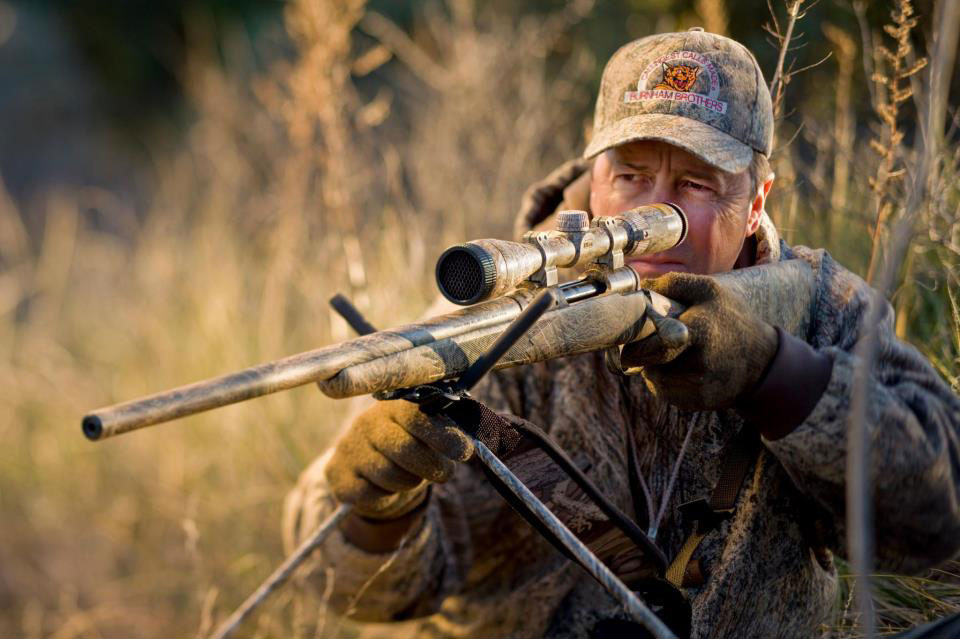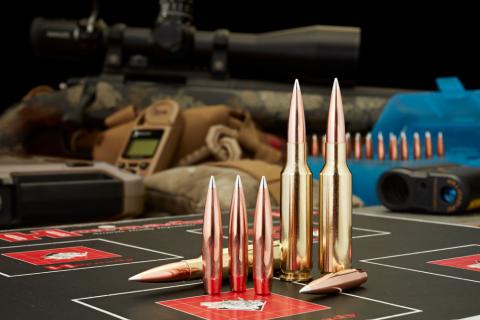provided by John E. Phillips
Gary Roberson Says His Laziness and Poor Trapping Abilities Caused Him to Try to Call Critters
One of the hunting sports that has been growing by leaps and bounds is predator hunting. Predator hunting serves several purposes. It’s a way to take the animals that prey on deer, turkey, rabbits, quail and squirrels to help increase the population of these game animals. Too, harvesting predators is a way to harvest fur bearers and earn extra money during this pandemic. In many states, hunting predators has a long season, and you can hunt predators at night as well as in the daytime. Mossy Oak Pro Gary Roberson of Menard, Texas, the president of Burnham Brothers Calls, has been there from early predator calling all the way up to the newest innovations in predator callers. Roberson has just written a new book, “Eyes Front: 60 Years of Hunting the Hunters,” available from Burnham Brothers that contains six chapters on rattling whitetails, 10 chapters on calling turkeys and the rest of the book on calling predators – starting with the basics and continuing to the latest information on ultrasonic callers.

I grew up on a ranch in south Texas, south of San Antonio, like you’re headed toward Laredo. That country always has had a lot of predators like coyotes and bobcats and is called the Brush Country of Texas. This area homes an abundance of wildlife and plenty of cover where both wildlife and predators can hide. I knew the government trapper there back in those days, and my uncle was a trapper too. Most of the ranchers did some type of predator control, especially for coyotes that fed on cattle during the spring when the cows were dropping calves. But predators in that region caused the most damage on goats and chickens.
Many people trapped predators, so I quickly learned that hiding a trap well enough to get a coyote to stick its foot in that trap was very challenging. When I started to trap, I spent a long time learning how to set up a trap effectively. This process took me 30 minutes, at the least, to set up a trap for a coyote. I decided there had to be a better way to take predators than setting traps. This time was the late 1950s and early 1960s.
The premier early call makers back then were the Burnham Brothers (Winston and Murray), and their company had ads in every outdoor magazine as well as articles about how to catch predators from Texas all the way to Africa. I decided that calling predators had to be easier than trying to trap predators. I felt that having predators come to you when you wanted to take them would be much easier than setting a trap and hoping a predator would put a foot in that trap.
However, the very first predator call I purchased wasn’t from Burnham Brothers. I was looking at “Fur, Fish and Game Magazine” and saw an ad from Herter’s. Because my brother had one of Herter’s catalogs, I studied it and found a Herter’s hand predator caller for $3. The Burnham Brothers predator call was $3.50. Actually the Burnham Brothers were the fathers of predator calling - they did the most advertising, and many of the articles being written at that time were about the Burnham Brothers callers.
When the Herter’s predator call came in, I was really excited. I started practicing calling in the house the very first day I received it. I drove my momma and my dogs crazy with my predator calling. My momma sent me outside and said I had to do all my practicing outside the house. She totally forbid me to blow my Herter’s predator call inside the house.

The first evening that I got my predator call, my brother Russell and I decided to test drive that caller. After dark, we scuttled off to the pasture and got on top of a stock dam to give us a little bit of elevation where the cows came to water. I started blowing on that predator call as much as I could, and just before I passed out from hyperventilation and being lightheaded, I heard something rustling in the leaves. I’d read everything I could on how to call predators, and everything I read talked about how to blow the predator call. But none of the information told me when to stop calling predators. When I heard that noise, I turned on my two-battery flashlight and spotted a gray fox. Until that time, I’d never seen a gray fox on our ranch, and it was only about 15 steps from me.
We had decided I was to be the caller, and my brother was to be the shooter. When he saw the gray fox, he shot at him with his .22. Even though we didn’t get that fox, it really didn’t matter because we were so excited to learn that my $3 Herter’s predator call really worked. My dad had been telling me that that call wouldn’t work to call in any predators. We ran back to the house to tell Dad that it did work, and what all happened on our predator hunt.
In those days, no one we knew was calling predators at that time. The general opinion on predator hunting was that you shot the predators when you saw them, but that blowing a predator call was kind of “fishy” and about as reliable as magic. Most of the older ranchers felt that you couldn’t call-up a predator with a little wooden toy. I think that the predators responded more aggressively back then because they’d never heard an artificial predator-in-distress call.



























